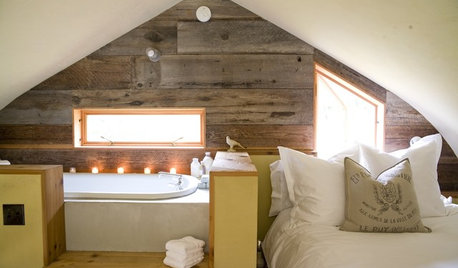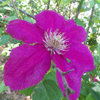please help diagnose yellowing leaves
pieheart
15 years ago
Related Stories

GARDENING GUIDESGreat Design Plant: Silphium Perfoliatum Pleases Wildlife
Cup plant provides structure, cover, food and water to help attract and sustain wildlife in the eastern North American garden
Full Story
MOST POPULAR7 Ways to Design Your Kitchen to Help You Lose Weight
In his new book, Slim by Design, eating-behavior expert Brian Wansink shows us how to get our kitchens working better
Full Story
LIFE12 Effective Strategies to Help You Sleep
End the nightmare of tossing and turning at bedtime with these tips for letting go and drifting off
Full Story
GARDENING GUIDESGreat Design Plant: Snowberry Pleases Year-Round
Bright spring foliage, pretty summer flowers, white berries in winter ... Symphoricarpos albus is a sight to behold in every season
Full Story
REMODELING GUIDESInterior Brick: Paint it or Leave It?
Here's how to know if covering that brick is a sin or solution
Full Story
DECORATING GUIDES10 Bedroom Design Ideas to Please Him and Her
Blend colors and styles to create a harmonious sanctuary for two, using these examples and tips
Full Story
DECLUTTERINGDownsizing Help: How to Get Rid of Your Extra Stuff
Sell, consign, donate? We walk you through the options so you can sail through scaling down
Full Story
PETS6 Ways to Help Your Dog and Landscape Play Nicely Together
Keep your prized plantings intact and your dog happy too, with this wisdom from an expert gardener and dog guardian
Full Story
PETSHow to Help Your Dog Be a Good Neighbor
Good fences certainly help, but be sure to introduce your pup to the neighbors and check in from time to time
Full Story







nckvilledudes
pieheartOriginal Author
Related Professionals
Allen Landscape Architects & Landscape Designers · Owings Mills Landscape Architects & Landscape Designers · West Chester Landscape Architects & Landscape Designers · Gainesville Landscape Contractors · Jackson Landscape Contractors · Lakeland Landscape Contractors · Stoughton Landscape Contractors · Waterbury Landscape Contractors · Chelmsford Landscape Contractors · Hawaii Landscape Contractors · Kearny Landscape Contractors · Rochester Landscape Contractors · Salem Landscape Contractors · Seymour Landscape Contractors · Woodland Landscape Contractorsrjlinva
jeanne_texas
gianty
gianty
flowergirl70ks
jeanne_texas
gianty
jeanne_texas
nckvilledudes
gianty
rjlinva
nckvilledudes
gianty
nckvilledudes
gianty
nckvilledudes
carolfm
gianty
gianty